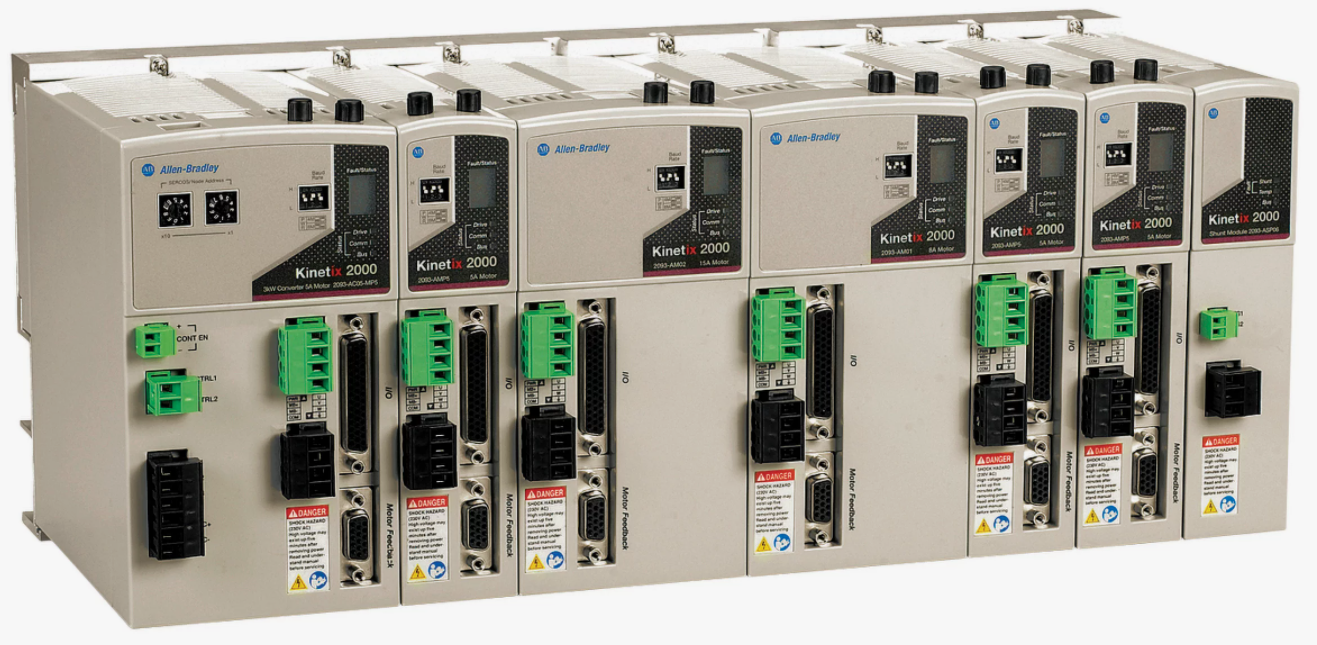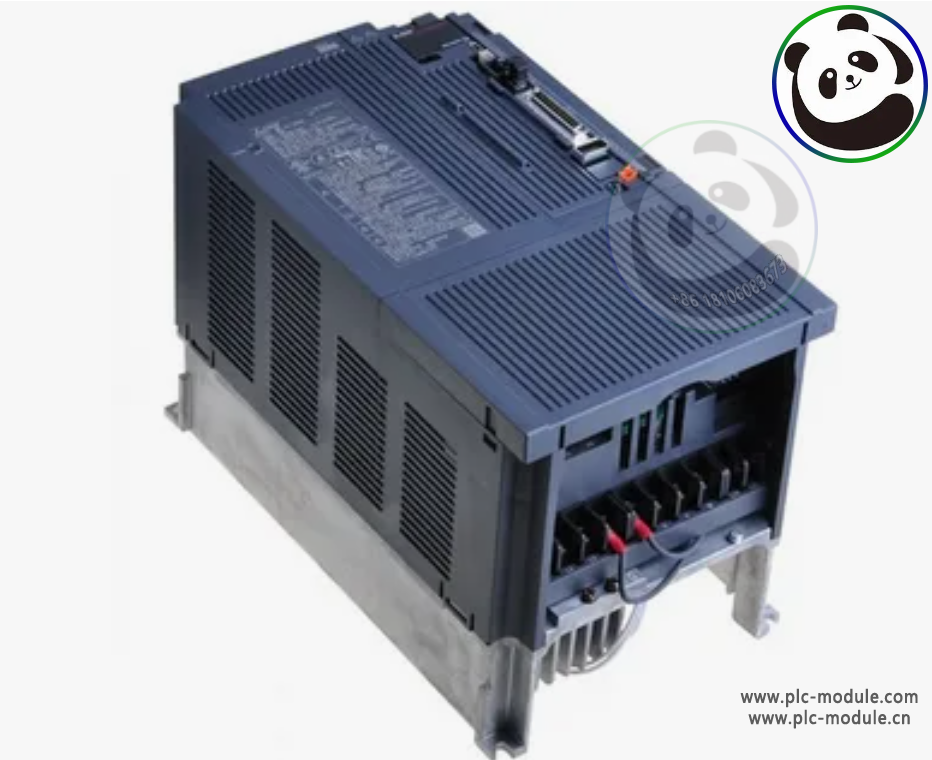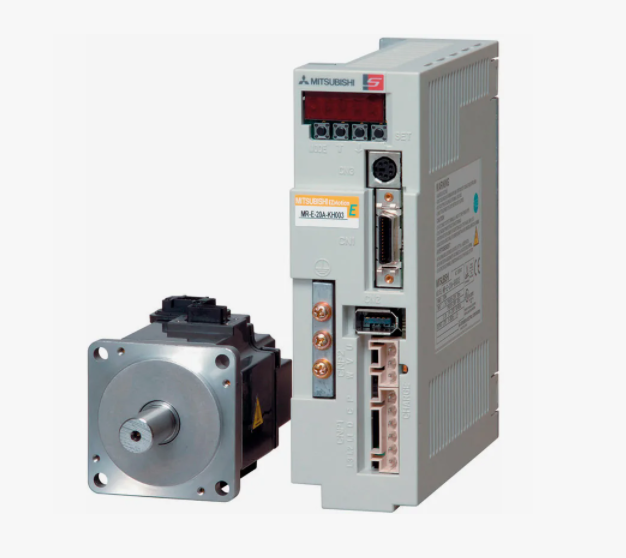SERVO DRIVER OVERVIEW
SERVO DRIVER OVERVIEW
I. Introduction
Servo drives play a crucial role in modern industrial systems, shaping the way production processes are carried out and contributing significantly to enhanced efficiency, precision, and quality.
One of the primary importance of servo drives lies in their ability to provide precise motion control. In industries such as manufacturing, where components need to be produced with extremely tight tolerances, servo drives ensure that machinery operates with high accuracy. This is essential in applications like semiconductor manufacturing, where the slightest deviation can lead to defective products.
Servo drives have several key functions. They precisely control the position, speed, and torque of servo motors. They offer rapid response to changes, closed-loop feedback for accuracy, and programmable settings.
Their applications are diverse. In industrial automation, they enhance productivity in assembly lines and packaging. In robotics, they ensure precise movements. Machine tools rely on them for accurate machining. They are also essential in semiconductor manufacturing, medical equipment, aerospace, and printing industries, enabling high-precision and efficient operations.
Drive products such as:
ABB IMCAM07B0000 Servo Drive
Woodward 3522-1004 EM-Driver
KOLLMORGEN CP320260 CD Servo Driver
KOLLMORGEN S21260-SRS SERVO DRIVE
KOLLMORGEN BJRL-20012-110001 Servo Drive
REXROTH FCS01.1E-W0011-A-04-NNBV R911311065 AC Inverter Drive Speed Controller

II. Working Principle of Servo Drives
Servo drives control the speed and position of servo motors through a closed-loop system. They receive input commands for desired speed and position. Sensors like encoders provide real-time feedback on the motor's actual state.
The drive compares the desired and actual values and adjusts the motor's power supply accordingly. By constantly correcting the output, it achieves precise speed and position control, ensuring accuracy and stability in various applications.
Feedback mechanisms like encoders and resolvers play a vital role in servo drives. Encoders provide precise position and speed information by generating pulses. Resolvers offer similar data with better resistance to harsh environments.
These mechanisms enable the servo drive to monitor the motor's performance in real-time. The drive then uses this feedback to make rapid and accurate adjustments, ensuring the motor operates exactly as commanded, improving overall system performance and reliability.
Signal processing and amplification are crucial in servo drives. The input control signals are processed to extract relevant information. Digital filtering is often used to remove noise and enhance accuracy.
Amplification boosts these processed signals to levels sufficient to drive the power transistors that control the motor. This ensures the motor receives the right amount of power for precise and efficient operation.

III. Components of a Servo Drive
The power supply section of a servo drive is critical. It converts the incoming electrical power, typically from the mains, to the appropriate voltage and current levels needed by the drive's circuits and the servo motor. It also ensures a stable and clean power supply to prevent fluctuations that could affect the performance and reliability of the entire system.
The control circuitry in servo drives, often comprising microcontrollers or DSPs, is essential. These components handle complex algorithms for precise motor control. They process input signals, calculate required adjustments, and generate output commands. Their high computing power enables rapid and accurate control, ensuring optimal servo motor performance.
Driver transistors/MOSFETs in servo drives act as switches to control the power flow to the servo motor. They rapidly turn on and off based on the control signals from the circuitry. Their efficient operation is crucial for regulating the motor's voltage and current, enabling smooth and accurate motor movement.
Communication interfaces in servo drives are vital for seamless integration with other systems. They include protocols like Ethernet, CAN, or Profibus. These interfaces enable data exchange, allowing for remote control, monitoring, and configuration. A reliable communication interface ensures efficient operation and coordination within an industrial setup.
IV. Control Modes of Servo Drives
Precise positioning in servo systems is achieved through a combination of factors. The use of high-resolution feedback devices, like encoders, provides accurate position data. Sophisticated control algorithms in the servo drive continuously compare the desired and actual positions and make rapid corrections. Fine-tuned parameters and precise motor control ensure minimal positioning errors.
In CNC machines, servo drives ensure precise tool positioning for intricate part manufacturing. For example, in milling complex shapes, they maintain micron-level accuracy.
In robotics, they enable precise arm movements. Like in assembly robots, where accurate placement of components is crucial for quality production. These examples showcase the importance of servo drives in achieving high-precision tasks.
Velocity control in servo drives is essential for maintaining consistent or variable speeds. It involves adjusting the power output to the motor based on the desired velocity input. Sophisticated algorithms monitor and correct speed deviations in real-time, ensuring smooth and accurate speed regulation, vital in applications like conveyor belts and printing presses.
Torque control in servo drives is crucial for applications where precise force application is needed. It regulates the motor's output torque accurately. This is vital in processes like winding, where maintaining a constant tension requires precise torque control. By adjusting the current, servo drives ensure the desired torque is achieved for optimal performance.

V. Performance Characteristics
Accuracy and resolution are key aspects in servo drives. Accuracy refers to how closely the actual output matches the intended value. Resolution determines the smallest detectable change. High accuracy and resolution are essential for precise operations, allowing for fine adjustments and minimizing errors in applications like semiconductor manufacturing and medical devices.
Response time and bandwidth are crucial in servo drives. Response time is how quickly the drive reacts to input commands. Bandwidth indicates the range of frequencies it can effectively handle. A short response time and wide bandwidth enable rapid and smooth adjustments, essential in dynamic systems like robotics and high-speed machining.
Dynamic and static stiffness are important characteristics of servo drives. Static stiffness refers to the ability to resist a constant load without deflection. Dynamic stiffness relates to how well it maintains position during rapid changes. High dynamic and static stiffness ensure accurate positioning and stability, crucial in applications like precision milling and aerospace systems.
Overload capacity in servo drives is significant. It indicates the drive's ability to handle temporary excessive loads beyond its rated capacity. A higher overload capacity allows the system to handle unexpected spikes in demand or momentary obstructions. This is valuable in applications where sudden load variations occur.
VI. Parameter Tuning and Optimization
- PID controller parameters
PID controller parameters in servo drives, namely Proportional, Integral, and Derivative, play a crucial role. The Proportional term provides immediate response. The Integral term eliminates steady-state errors. The Derivative term enhances stability. Tuning these parameters precisely is essential for optimal servo drive performance and accurate control.
Motor parameters in servo drives, such as inertia, torque constant, and back EMF constant, are significant. Inertia affects acceleration and deceleration. Torque constant determines the torque output. Back EMF constant relates to speed control. Understanding these parameters helps select the right motor and optimize the drive's performance for specific applications.
Field-oriented control (FOC) is widely used in servo drives. It aligns the stator current with the rotor flux for better performance. Benefits include improved torque control, higher efficiency, and reduced motor noise. FOC enables precise speed and position control, making it essential in demanding applications like robotics and aerospace.
VII. Selection Criteria for Servo Drives
Load requirements and inertia matching are important. The servo drive must handle the load demands. Matching the inertia of the load to the motor ensures smooth operation. Improper matching can cause performance issues and reduced system life.
The speed and torque range of a servo drive is crucial. It determines its suitability for different applications. A wide range allows for flexibility in operation. It enables the drive to handle both high-speed and high-torque tasks effectively.
Environmental conditions affect servo drives. Temperature, humidity, and dust can impact performance and reliability. Extreme conditions may require special enclosures or cooling systems. Adequate protection ensures the drives operate smoothly in diverse environments.
Compatibility with the control system is essential. The servo drive must interface seamlessly. Protocol matching and data exchange need to be flawless. Incompatibility can lead to errors and inefficiencies in the overall system operation.

VIII. Installation and Wiring Considerations
Electrical connections and grounding in servo drives are vital. Secure and proper connections ensure reliable power transfer and signal transmission. Grounding helps prevent electrical noise and interference. Poor connections or improper grounding can cause malfunctions, inaccurate control, and even damage to the drive and associated equipment.
Cable selection and shielding are important in servo drives. The right cables ensure signal integrity and power delivery. Shielding reduces electromagnetic interference. Incorrect choices can lead to signal degradation and system instability.
Mounting and heat dissipation for servo drives are crucial. Correct mounting provides stability. Efficient heat dissipation prevents overheating. Poor mounting or inadequate heat management can cause performance degradation and shorten the drive's lifespan.